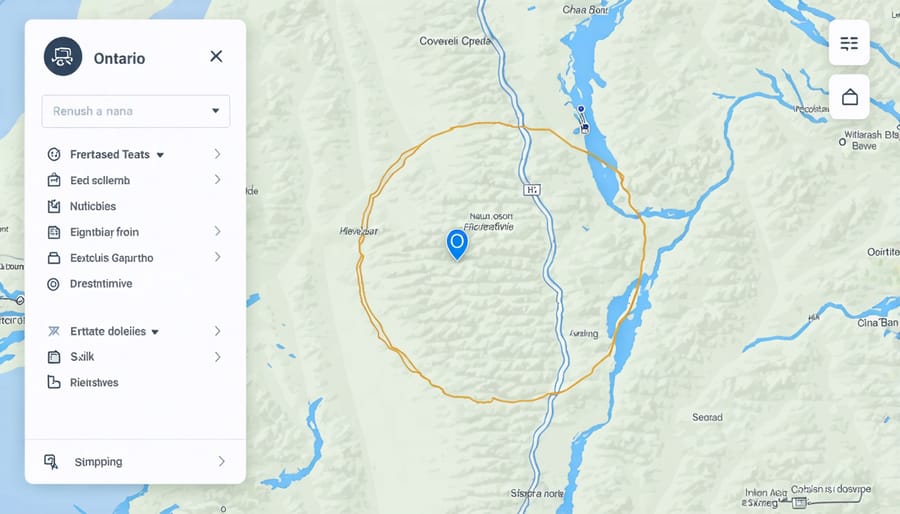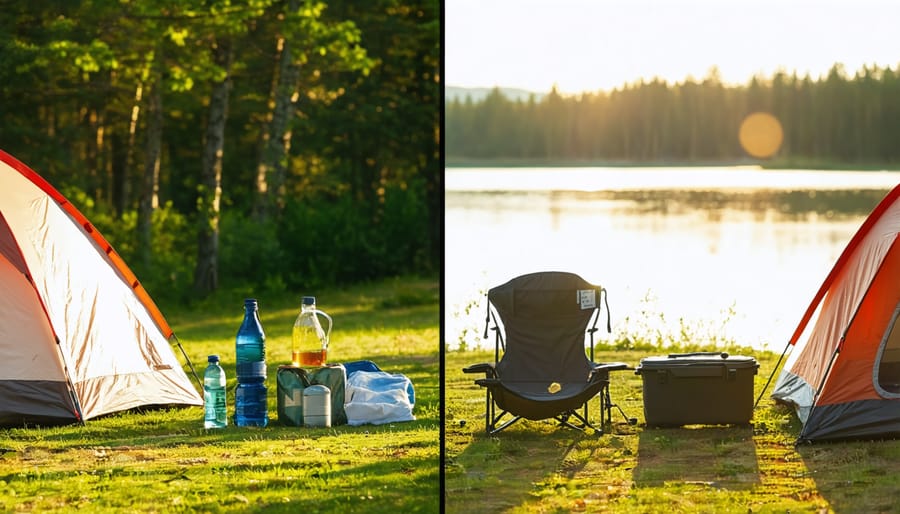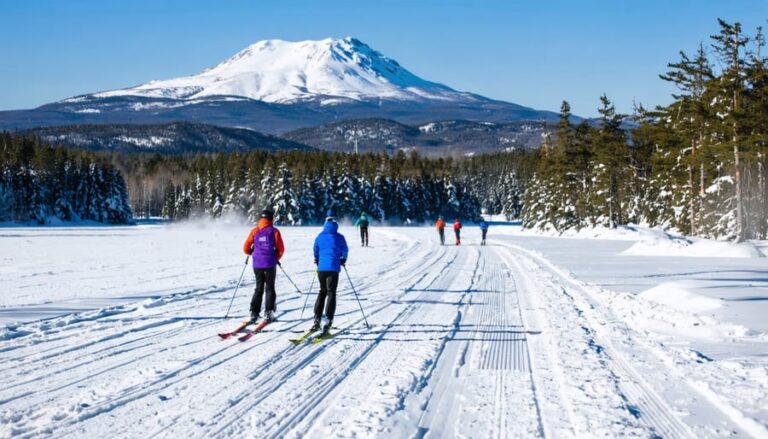Master the 2-2-2 camping rule to transform your RV adventures from stressful marathons into relaxing journeys. This golden rule of RV travel suggests driving no more than 2 hours, arriving no later than 2 PM, and staying at each location for at least 2 nights. For those exploring beginner camping tips, this time-tested strategy prevents exhaustion, allows proper campsite setup in daylight, and creates space for genuine outdoor experiences. Whether you’re planning a weekend getaway or an extended road trip, the 2-2-2 rule helps avoid common camping pitfalls like arriving after dark, rushing through beautiful locations, or feeling overwhelmed by constant movement. It’s the perfect balance between exploration and relaxation, ensuring you actually enjoy the camping lifestyle rather than just racing from one destination to the next.
What is the 2-2-2 Camping Rule?
The 2-2-2 rule is a handy guideline that helps campers plan their trips more effectively while maximizing enjoyment and minimizing fatigue. This simple principle breaks down into three easy-to-remember components that work together to create a more balanced camping experience.
The first “2” suggests driving no more than 2 hours to reach your camping destination. This ensures you’ll have plenty of energy to set up camp and enjoy your surroundings instead of feeling exhausted from a long journey. For Ontario campers, this opens up numerous fantastic options within reach, from the scenic shores of Lake Huron to the serene forests of the Kawarthas.
The second “2” recommends staying at least 2 nights at each campsite. This gives you a full day to explore and enjoy your surroundings without the pressure of setting up or tearing down camp. It’s the sweet spot between a rushed overnight stay and an extended camping trip.
The final “2” advises taking a camping trip at least every 2 weeks during camping season. This regular schedule helps you maintain your camping skills, makes the most of your gear investment, and ensures you’re consistently connecting with nature throughout the season.
Following this rule is especially beneficial for newcomers to camping, helping them build confidence and develop good outdoor habits without feeling overwhelmed.
Breaking Down Each ‘2’ of the Rule
2 Hours of Driving
Limiting your driving time to 2 hours helps you start your camping adventure fresh and stress-free. After all, who wants to arrive at their campsite exhausted from a long drive? By keeping travel time short, you’ll have plenty of daylight left to set up camp, explore your surroundings, and even enjoy a sunset hike or campfire dinner. This is especially practical in Ontario, where you’ll find excellent campgrounds within a 2-hour radius of major cities. Plus, shorter drives mean less fuel consumption and more time actually enjoying the great outdoors. If you’re traveling with kids or pets, the 2-hour limit helps prevent restlessness and ensures everyone arrives in good spirits, ready to embrace the camping experience.

2 Days Minimum Stay
Staying at least two days at each campsite allows you to truly settle in and experience the magic of Ontario’s great outdoors. Instead of rushing through setup and takedown, you’ll have time to explore nearby trails, perfect your campfire cooking skills, and really connect with nature. This minimum stay helps reduce travel fatigue and gives you a chance to discover hidden gems around your campsite, like secret swimming spots or prime wildlife viewing areas.
A two-day minimum also makes your camping trip more environmentally friendly by reducing fuel consumption and carbon emissions from frequent moves. You’ll have time to properly organize your camp, establish a comfortable routine, and actually relax – which is what camping is all about! Plus, you can take advantage of local activities without feeling rushed, whether it’s joining a guided nature walk or spending a peaceful afternoon fishing.
2 Weeks Maximum Planning
The two-week planning window is crucial for maintaining spontaneity while ensuring you can still reserve your ideal campsite. Planning too far ahead can lead to rigid schedules and missed opportunities for impromptu adventures. Two weeks gives you enough time to check weather forecasts, gather supplies, and make necessary reservations without overthinking every detail. It’s also the sweet spot for campsite availability – not too last-minute to miss out on prime spots, but flexible enough to adjust plans based on changing conditions. Use this time to create a basic itinerary, prepare your gear, and coordinate with fellow campers. Remember, some of the best camping memories come from embracing the unexpected rather than sticking to an overly detailed plan.

Applying the 2-2-2 Rule in Ontario Parks
Implementing the 2-2-2 rule in Ontario’s vast network of parks requires some local know-how. While following Ontario Parks camping guidelines, you can easily adapt this helpful principle to make your camping experience more enjoyable.
For the “2 hours from home” part, consider popular destinations like Algonquin Provincial Park if you’re coming from Toronto, or Pinery Provincial Park if you’re traveling from London. Pro tip: Use the Ontario Parks website to calculate exact driving times, accounting for seasonal road conditions.
When limiting your stay to 2 days, focus on parks with well-marked trails and organized activities to maximize your experience. Places like Killbear Provincial Park offer perfect weekend getaway options with their mix of beaches, hiking trails, and wildlife viewing opportunities.
For the “2 weeks to recover” aspect, try spacing out your camping trips throughout Ontario’s camping season (May to October). This gives you time to clean and maintain your gear while building excitement for your next adventure. Consider alternating between different parks to experience Ontario’s diverse landscapes – from the rugged Canadian Shield to the sandy shores of the Great Lakes.
Local tip: Book your site through the Ontario Parks reservation system at least 2-3 months in advance for popular weekend spots. This planning window aligns perfectly with the 2-2-2 rule’s recovery period and helps ensure you get your preferred camping location. Remember to check the specific park’s amenities and facilities to match them with your comfort level and camping style.
When to Break the Rule (And When Not To)
While the 2-2-2 rule is an excellent guideline for safe and enjoyable camping, there are times when you might need to adjust it to fit your specific situation. For experienced campers who know their limits, driving more than 2 hours on the first day might be comfortable, especially during long-distance trips to reach destinations like Killarney or Lake Superior Provincial Park.
However, never break the rule if you’re feeling tired, driving in poor weather conditions, or traveling with young children who need frequent breaks. The same goes for the two-night minimum stay – you might extend it during perfect weather conditions or shorten it if unexpected storms roll in.
The two-week planning window is perhaps the most flexible part. During peak season in popular Ontario parks, you’ll want to book much further in advance – often up to five months ahead for spots in places like Algonquin Park. Conversely, during off-season or at less popular campgrounds, you might find excellent last-minute availability.
Remember, the 2-2-2 rule exists for your comfort and safety. Trust your judgment, but err on the side of caution. If you’re new to camping, stick to the rule strictly for your first few trips. As you gain experience, you’ll develop a better sense of when you can safely bend these guidelines while still maintaining an enjoyable camping experience.
The 2-2-2 rule is more than just a camping guideline – it’s your ticket to stress-free adventures in Ontario’s beautiful outdoors. By driving no more than 2 hours, staying at least 2 nights, and setting up camp by 2 PM, you’ll create a more relaxed and enjoyable camping experience. This simple framework helps you avoid rushing, gives you time to truly connect with nature, and ensures you can fully appreciate your chosen campsite. Whether you’re exploring Algonquin Park or discovering the shores of Lake Superior, implementing this rule will help you become a more confident and prepared camper. So why not give it a try on your next outdoor adventure? Pack your gear, choose a nearby destination, and experience the difference that mindful camping planning can make. Happy camping, and remember – sometimes the best memories are made just a couple of hours from home!














+ There are no comments
Add yours